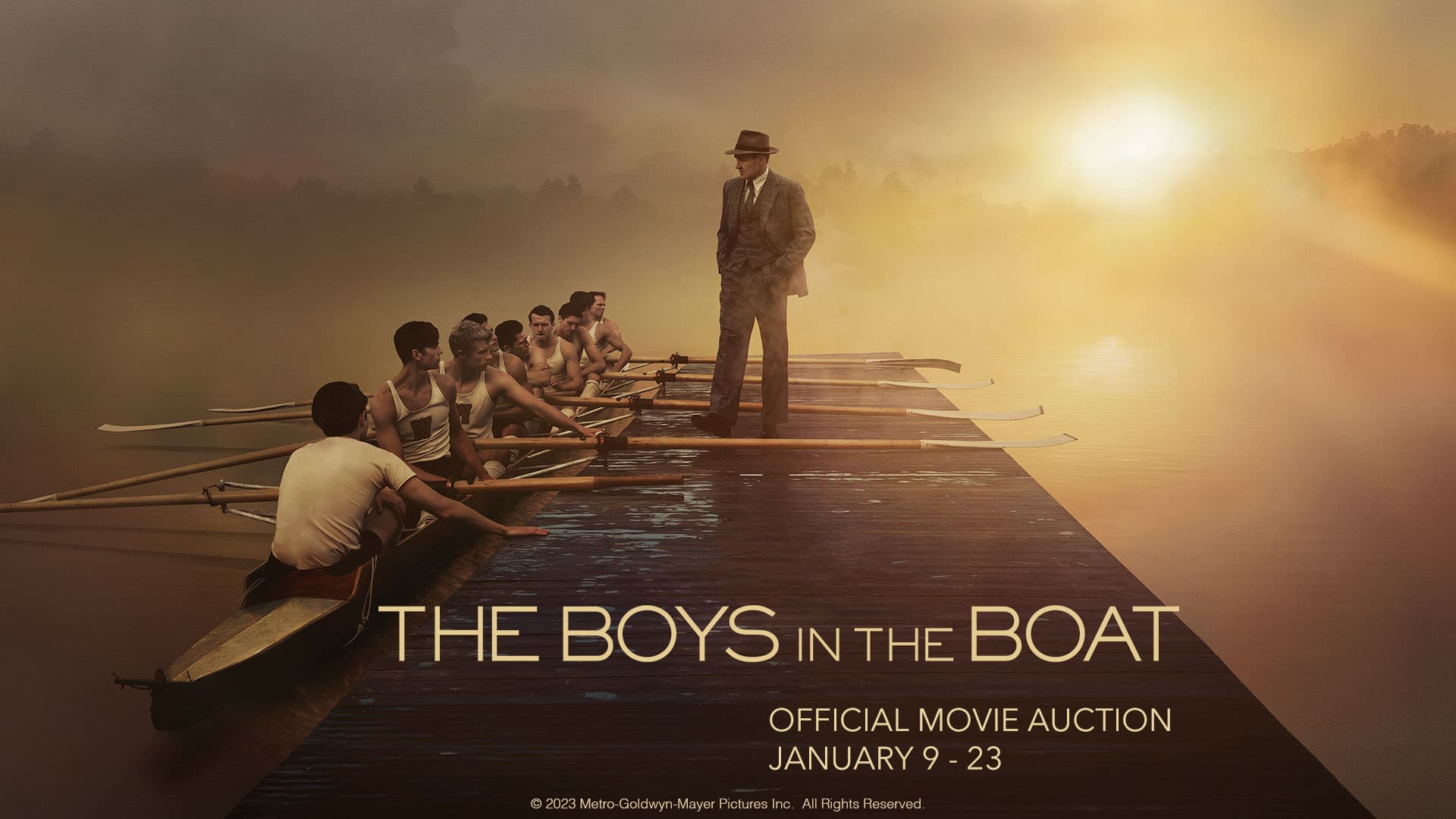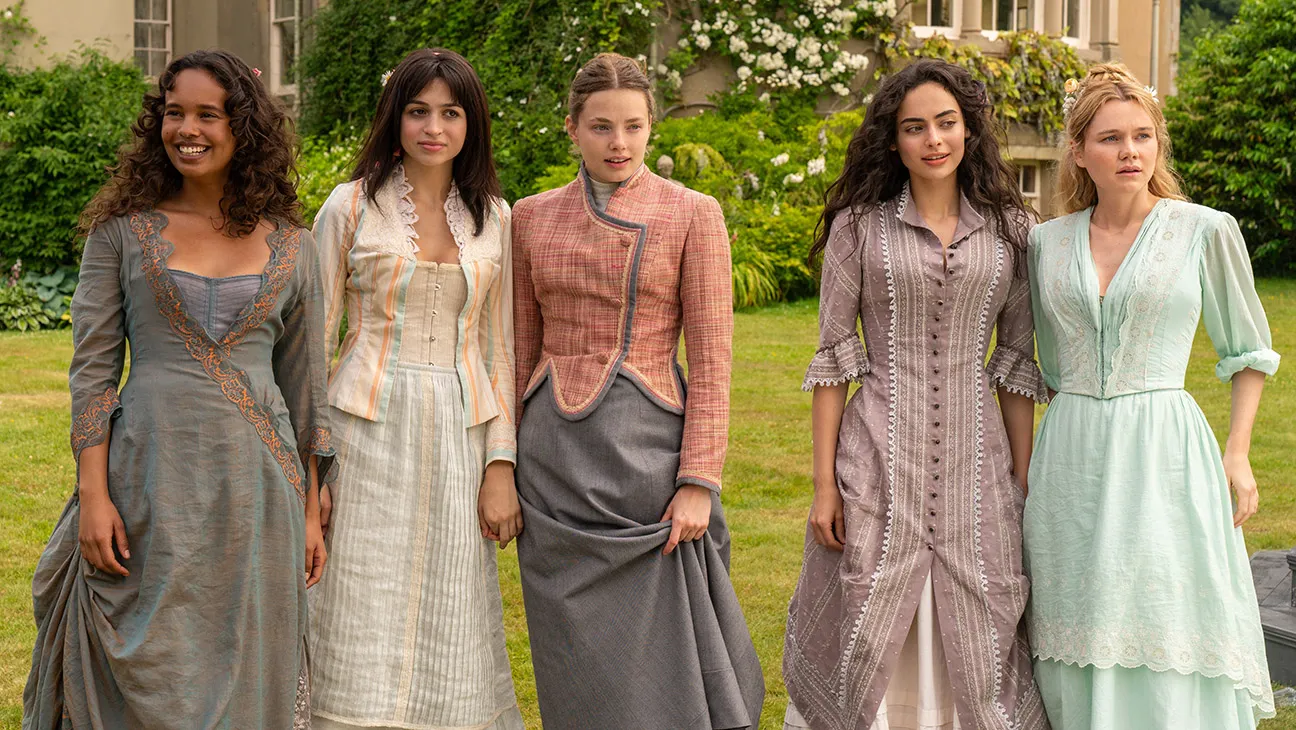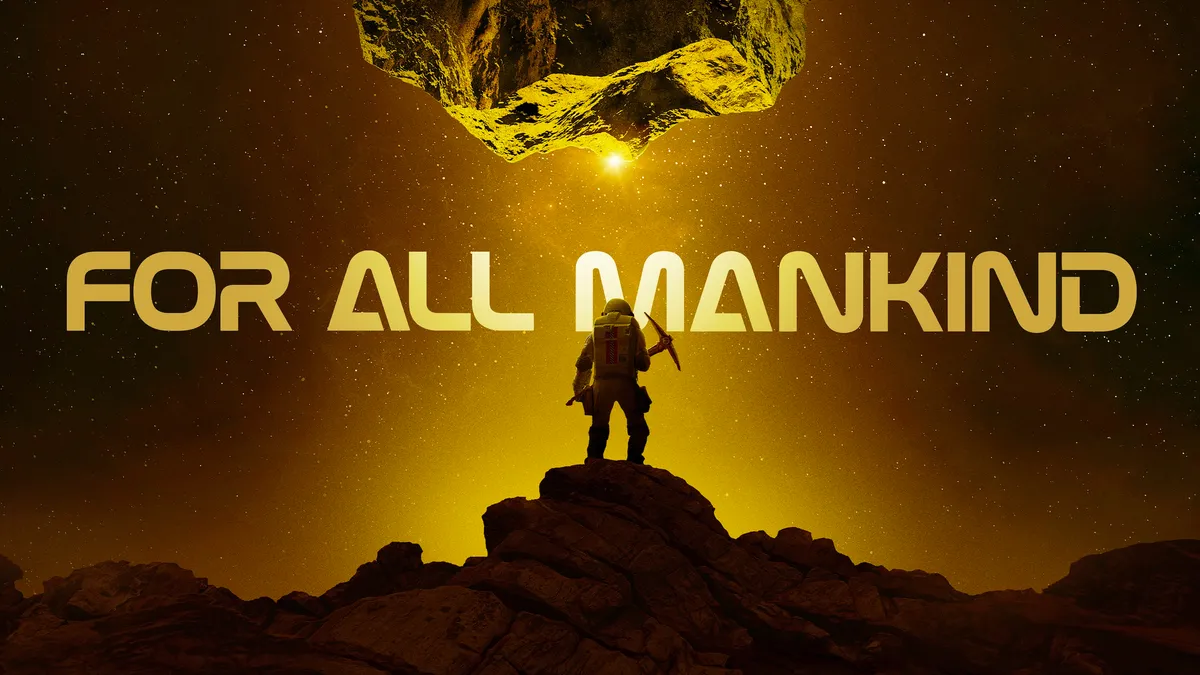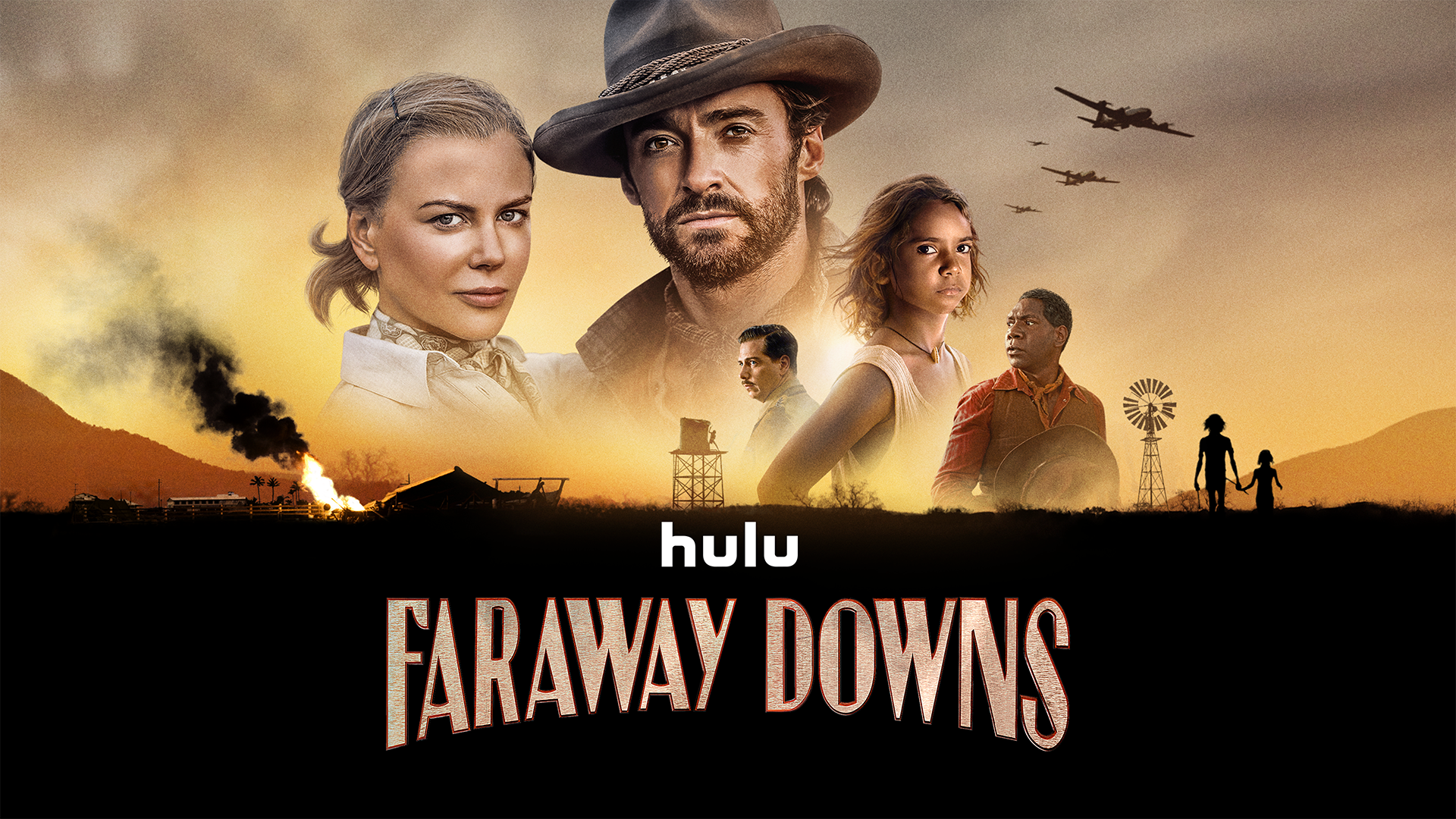“The Boys in the Boat”
Susan Granger’s review of “The Boys in the Boat” (Amazon Studios)
George Clooney helms “The Boys in the Boat” as a classic underdog sports saga set during the Great Depression of the 1930s.
Based on Daniel James Brown’s 2013 non-fiction best-seller, it begins with elderly Joe Rantz (Ian McElhinney) watching a young boy rowing a boat in a lake – which reminds him of the challenges of his youth at the University of Washington.
Unlike many of his classmates, young Joe (Callum Turner) didn’t have parents who could pay his tuition. He lives in a dilapidated car and often goes hungry. He’s had to work for every penny – with jobs few and far between.
Then he hears about tryouts for the junior varsity rowing team. If he qualifies, he’ll get three meals a day, lodging and enough of a stipend to pay his tuition bills.
Despite never having lifted an oar, resourceful Joe miraculously makes his way through the selection process, demonstrating strength, stamina and determination – along with his best friend Roger Morris (Sam Strike).
Since their jobs are also at stake, Coach Al Ulbrickson (Joel Edgerton) and his assistant Tom Bowles (James Wolk) are determined to end their losing streak and – finally – beat Cal (University of California at Berkeley).
Eventually, as history notes, they qualified for the Olympic Games in Nazi-held Germany, facing off against the Third Reich’s elite team.
Clooney excels at depicting the grueling training sequences which demand that eight – perfectly matched – men on alternate sides of the boat, holding one oar each, master the demanding rhythm required to propel them across the finish line. Rowing four hours a day, the actors trained for five months, eventually achieving their goal of 46 strokes per minute.
Screenwriter Mark L. Smith utilizes a satisfying ‘bookending’ prologue and conclusion but his cliché-clogged dialogue is far too staid and superficial, eschewing all subtleties. As a result, many character-revealing nuances are ‘told,’ rather than shown.
FYI: Back in 2017, this saga was featured on an episode of PBS’ “American Experience” titled “The Boys of ’36.”
On the Granger Gauge of 1 to 10, “The Boys in the Boat” is a rousing, inspirational 7, streaming on Amazon Prime.
“The Boys in the Boat” Read More »








